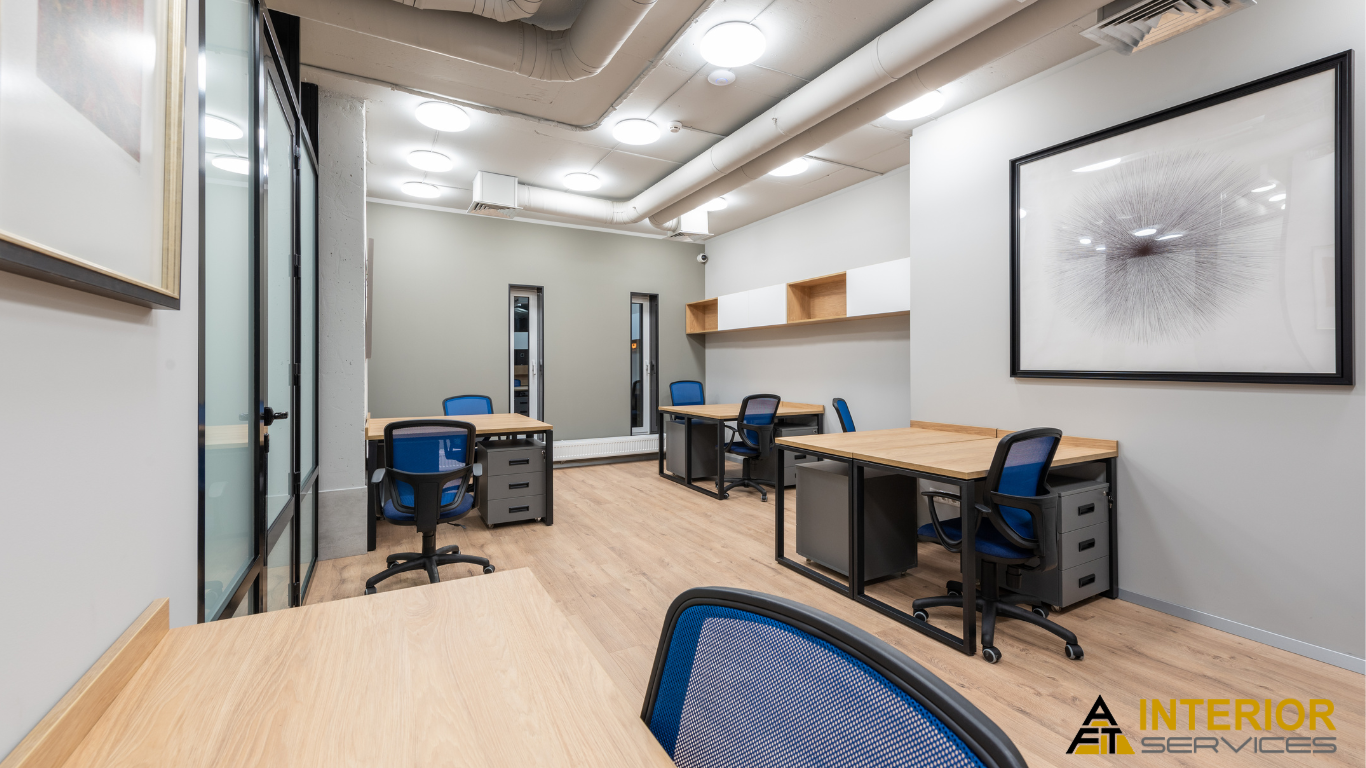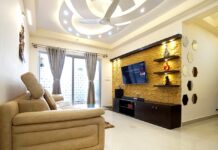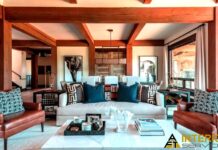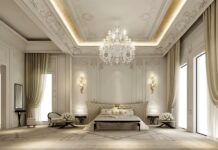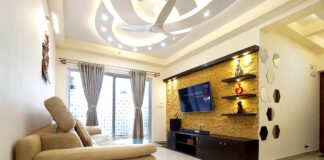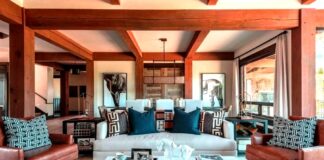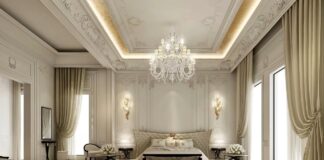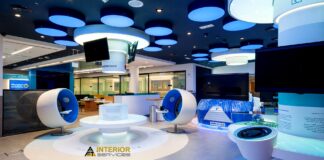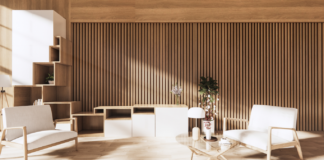Office Interior Design Tips: The design of an office space plays a crucial role in the productivity and well-being of its occupants. A well-designed office can create a positive work environment, enhance employee satisfaction, and boost overall performance. Whether setting up a new office or renovating an existing one, incorporating effective interior design principles can make a significant difference. This article will explore 13 office interior design tips to create a productive and inspiring workspace.
Explore The Contents
- 1 Office Interior Design Tips
- 2 The Importance of Office Interior Design
- 3 Considerations for Office Layout
- 4 Furniture and Equipment Selection
- 5 Color and Aesthetics
- 6 Creating Collaborative Spaces
- 7 Incorporating Nature and Biophilic Design
- 8 Designing for Well-being and Health
- 9 Office Technology and Automation
- 10 Sustainable and Eco-Friendly Design
- 11 Incorporating Personalization and Employee Engagement
- 12 Maintaining and Updating the Office Design
- 13 Conclusion
- 14 FAQs
- 15 About Author
Office Interior Design Tips
Setting up an office with a thoughtful and functional interior design is essential for creating a conducive work environment. Office interior design encompasses various aspects, including space planning, furniture selection, color schemes, lighting, and incorporating elements of nature. By paying attention to these factors, you can transform your office into a space that promotes productivity, creativity, and employee well-being.
The Importance of Office Interior Design
A well-designed office goes beyond aesthetics; it directly impacts employees’ productivity, mood, and satisfaction. A thoughtfully planned and visually appealing workspace can positively influence employee morale, reduce stress, and increase job satisfaction. Moreover, it can enhance the company’s overall image, making it more attractive to clients, partners, and potential employees.
Considerations for Office Layout
Space Planning
Efficient space planning is crucial for optimizing productivity and ensuring smooth workflow within an office. The layout should allow easy navigation, minimize distractions, and provide ample collaboration and individual workspace. Consider the size of the office, the number of employees, and the specific needs of different departments when designing the layout.
Ergonomics and Comfort
Ergonomics plays a vital role in maintaining employee health and productivity. Invest in ergonomic furniture, such as adjustable desks and chairs, to promote proper posture and reduce the risk of musculoskeletal disorders. Additionally, provide comfortable seating options for common areas and relaxation zones to encourage breaks and social interaction.
Lighting and Acoustics
Proper lighting and acoustics are essential factors in creating a conducive work environment. Incorporate natural and artificial lighting to minimize eye strain and enhance mood. Additionally, consider sound-absorbing materials and layouts that reduce noise distractions, ensuring a quieter and more focused atmosphere.
Furniture and Equipment Selection
Desk and Chair Choices
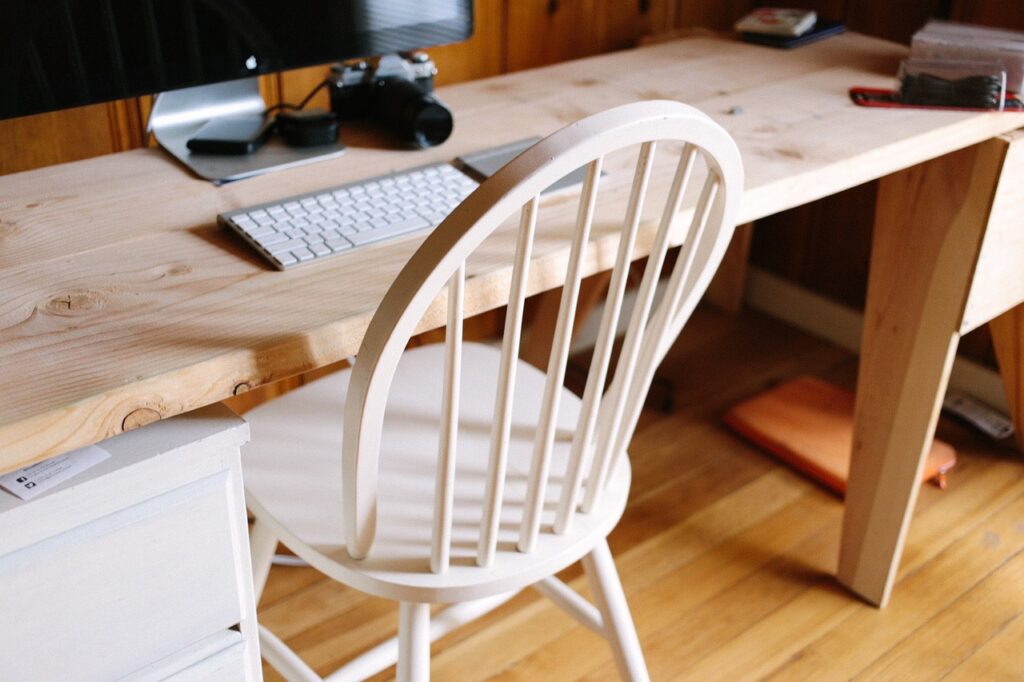 The selection of desks and chairs should prioritize comfort, functionality, and ergonomic support. Adjustable height desks and ergonomic chairs can help prevent physical discomfort and promote a healthy posture, ultimately improving productivity and well-being.
The selection of desks and chairs should prioritize comfort, functionality, and ergonomic support. Adjustable height desks and ergonomic chairs can help prevent physical discomfort and promote a healthy posture, ultimately improving productivity and well-being.
Storage Solutions
Effective storage solutions are essential for maintaining an organized and clutter-free workspace. Incorporate storage options such as filing cabinets, shelves, and modular storage systems to keep the office tidy and enhance productivity.
Technology Integration
Modern offices rely heavily on technology, so it is crucial to integrate it seamlessly into the design. Consider cable management solutions, strategically placed power outlets, and technology-friendly furniture to facilitate easy device access and promote efficient workflows.
Color and Aesthetics
Psychological Impact of Colors
Colors have a significant impact on mood, productivity, and creativity. Choose a color scheme that aligns with your brand identity and consider incorporating colors that evoke specific emotions. For example, blue can promote calmness and focus, while yellow can stimulate creativity and optimism.
Branding and Identity
Your office design should reflect your brand identity and create a cohesive visual experience for employees and visitors. Incorporate elements of your brand, such as logo colors or design motifs, into the overall aesthetics of the office.
Artwork and Decorations
Artwork and decorative elements can add personality and visual interest to the office environment. Consider displaying inspiring artwork, motivational quotes, or industry-related decor to create a visually stimulating atmosphere.
Creating Collaborative Spaces
Meeting Rooms and Conference Areas
Well-designed meeting rooms and conference areas facilitate collaboration and effective communication. Ensure these spaces have suitable furniture, audio-visual equipment, and appropriate privacy features to encourage productive discussions.
Breakout Zones and Lounge Areas
Creating dedicated breakout zones and lounge areas provides employees with spaces for relaxation, informal meetings, and creative brainstorming. Incorporate comfortable seating, collaborative furniture, and amenities like coffee machines or snack bars to foster community and rejuvenation.
Open-Plan Workstations
Open-plan workstations promote interaction and collaboration among team members. Carefully plan the layout and provide adequate desk space, dividers for privacy, and ergonomic considerations to balance collaboration with individual focus.
Incorporating Nature and Biophilic Design
Benefits of Biophilic Design
Biophilic design incorporates elements of nature into the office environment, providing numerous benefits for employee’s well-being and productivity. It can improve air quality, reduce stress, increase focus, and create a sense of connection with the natural world.
Indoor Plants and Greenery
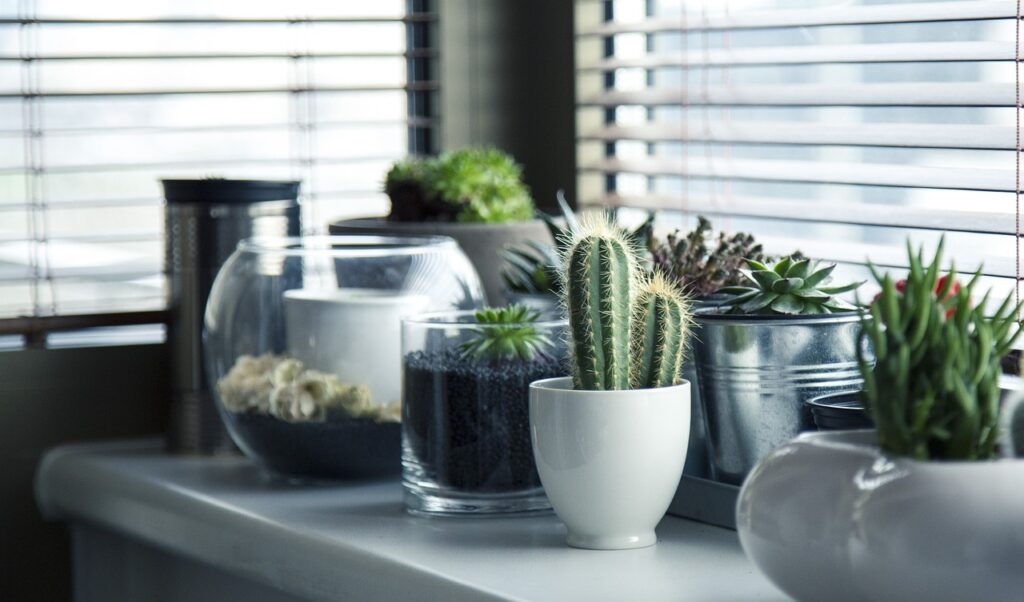 Incorporating indoor plants and greenery enhances the office’s aesthetic appeal, improves air quality, and reduces noise levels. Choose low-maintenance plants that thrive indoors and strategically place them throughout the office for maximum impact.
Incorporating indoor plants and greenery enhances the office’s aesthetic appeal, improves air quality, and reduces noise levels. Choose low-maintenance plants that thrive indoors and strategically place them throughout the office for maximum impact.
Natural Light and Views
Maximize the use of natural light by positioning workstations and common areas near windows. Natural light has a positive effect on mood and energy levels. Additionally, provide views of nature, such as outdoor landscapes or green spaces, to create a sense of tranquility and connection to the outside world.
Designing for Well-being and Health
Air Quality and Ventilation
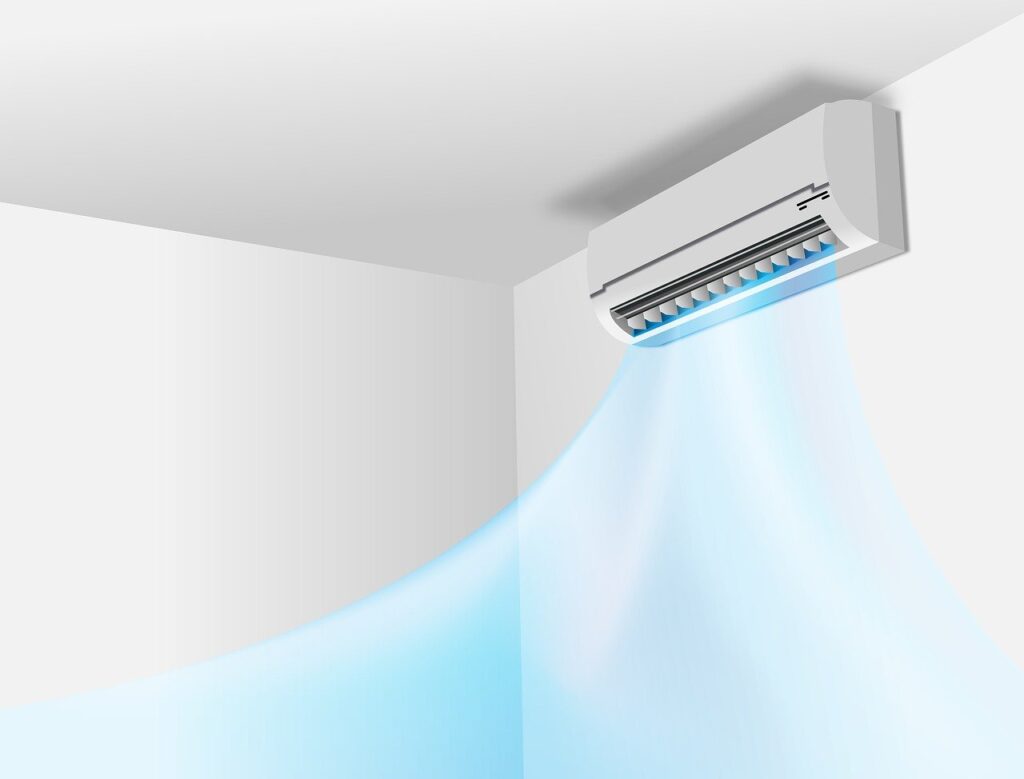
Good air quality and proper ventilation are vital for maintaining a healthy work environment. Implement adequate air filtration systems, regular maintenance, and ventilation strategies to ensure a clean and fresh atmosphere for employees.
Ergonomic Accessories
In addition to ergonomic furniture, consider providing employees with accessories that promote their well-being, such as standing desks, monitor stands, keyboard trays, and wrist supports. These accessories can help prevent repetitive strain injuries and improve overall comfort.
Wellness Rooms and Relaxation Areas
Wellness rooms and relaxation areas offer employees a designated relaxation, meditation, or quiet time space. Provide comfortable seating, soothing decor, and amenities such as aromatherapy or soft music to encourage mental and physical rejuvenation.
Office Technology and Automation
Smart Office Solutions
Utilize smart office solutions to streamline processes and enhance efficiency. This may include automated lighting systems, temperature control, smart locks, and digital assistants to simplify tasks and create a more connected and intuitive work environment.
Integrated Audio-Visual Systems
Invest in high-quality audio-visual systems for meeting rooms and conference areas to ensure seamless communication and presentations. Integrated systems with user-friendly interfaces and compatibility with various devices can enhance productivity during collaborative sessions.
Security and Access Control
Implement robust security measures, such as access control systems, surveillance cameras, and data encryption, to protect sensitive information and ensure a secure working environment. Prioritize physical and digital security to maintain the privacy and safety of employees and company assets.
Sustainable and Eco-Friendly Design
Energy Efficiency
Designing an energy-efficient office helps reduce utility costs and minimizes environmental impact. Incorporate energy-saving technologies, such as LED lighting, motion sensors, and energy-efficient appliances, to promote sustainability and cost-effectiveness.
Waste Reduction and Recycling
Implement waste reduction strategies, such as recycling programs and reusable materials, to minimize the office’s environmental footprint. Provide clearly labeled recycling bins and educate employees about the importance of recycling and waste management.
Sustainable Materials
Choose sustainable and eco-friendly materials for furniture, flooring, and finishes. Look for certifications such as Forest Stewardship Council (FSC) for wood products or Greenguard certification for low-emission materials. Sustainable materials reduce environmental impact and contribute to a healthier indoor environment.
Read More: 10 Best Interior Design Ideas for Your Kitchen in Dubai
Incorporating Personalization and Employee Engagement
Customization of Workspaces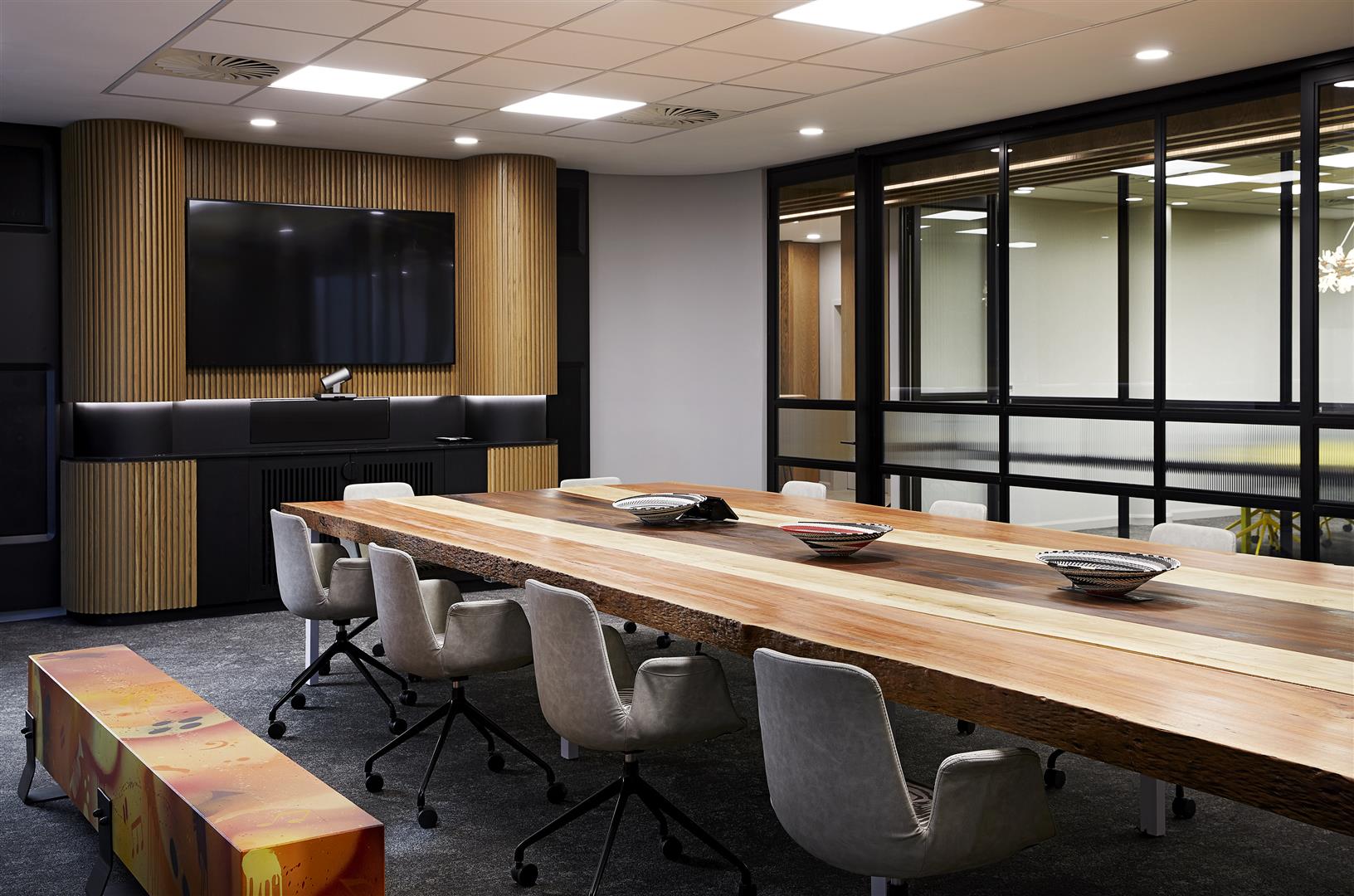
Encourage employees to personalize their workspaces to create a sense of ownership and engagement. Allow them to display personal items, photos, or artwork that reflect their personality and interests. This personal touch can foster a positive emotional connection and a sense of belonging.
Employee Input and Feedback
Involve employees in the office design process by seeking their input and feedback. Conduct surveys or focus groups to gather ideas and suggestions. This inclusive approach ensures that the office design meets the people’s needs and preferences daily.
Employee Recognition and Motivation
Recognize and reward employees for their achievements by incorporating recognition elements into the office design. This can include displaying a “Wall of Fame” or dedicating an area to showcase employee accomplishments. These visual cues can inspire motivation and create a positive work culture.
Maintaining and Updating the Office Design
Regular Maintenance and Cleaning
Implement a regular maintenance and cleaning schedule to ensure the office remains clean, hygienic, and well-maintained. This includes routine cleaning of workstations, common areas, and equipment and inspections of furniture and fixtures to address any repairs or replacements promptly.
Flexible Design for Future Needs
Design the office flexibly to accommodate future growth and changing needs. Consider modular furniture systems that can be easily reconfigured, adaptable layouts for different departmental requirements, and scalable technology infrastructure to support evolving business demands.
Incorporating Latest Trends
Stay informed about the latest trends and advancements in office design to keep the workspace fresh and up-to-date. This includes staying abreast of technological innovations, new materials, and design concepts that can enhance productivity, employee satisfaction, and well-being.
Conclusion
Designing an office space that promotes productivity, creativity, and employee well-being is multifaceted. By considering factors such as space planning, furniture selection, color schemes, collaboration areas, nature integration, well-being initiatives, technology integration, sustainability, personalization, and maintenance, you can create an office environment that nurtures productivity and enhances employee satisfaction. Investing in a thoughtfully designed office can yield long-term benefits for your business and contribute to a positive work culture.
FAQs
How does office interior design impact employee productivity?
Office interior design directly affects employee productivity by creating a comfortable and inspiring workspace. Factors such as lighting, ergonomics, color schemes, and communal areas can significantly influence employee mood, focus, and motivation, increasing productivity.
Can interior office design improve employee well-being?
Yes, a well-designed office can positively impact employee well-being. Considerations like air quality, natural light, ergonomic furniture, relaxation areas, and biophilic design elements can contribute to a healthier and more pleasant work environment, reducing stress and enhancing overall well-being.
How can I incorporate sustainability into office interior design?
To incorporate sustainability into office interior design, choose energy-efficient appliances, utilize recycled and eco-friendly materials, implement waste reduction strategies, and promote recycling programs. Additionally, prioritize energy-saving technologies, such as LED lighting and motion sensors, to minimize environmental impact.
How important is employee engagement in office design?
Employee engagement is crucial in office design as it fosters a sense of ownership, motivation, and connection to the workspace. You can create a more engaging and inspiring work environment by allowing employees to personalize their workstations, seeking their input and feedback, and incorporating elements of recognition.
How should I maintain and update the office design over time?
Regular maintenance and cleaning are essential to keep the office design in optimal condition. Additionally, design the office flexibly to accommodate future growth and changing needs. Stay updated on the latest trends in office design to ensure the workspace remains fresh and aligned with evolving industry standards.
About Author
Farhan Technical Services LLC was founded in 2013 as a company based in Dubai, UAE. AF TECHNICAL SERVICES LLC is driven to deliver innovative and practical solutions to our customers, we utilize our 10 years of experience in interior design, space planning, and project management.
Our strength lies in our passion for creativity, bringing unique elements to modern and traditional designs. We take pride in designing and planning environments that are ergonomic and welcoming.
We aim to ensure that your staff and customers enjoy the space created. In a collaborative approach with the customer, we apply design principles, space analysis, and knowledge integration to produce an interior office space that is attractive, productive, and reflects your company values. Investing in a thoughtfully designed office can yield long-term benefits for your business and contribute to a positive work culture.
AFT’s competitive advantage is that we can deliver on any size project while providing a unique service tailored to your needs and requirements. We offer full turnkey design solutions, from the conception through the installation phase and to the final handover of your new space. We assist in relocation into the new premises allowing customers to concentrate on business as usual. You only have to deal with one team. We value our relationships and believe everyone becomes a part of the AFT family.

